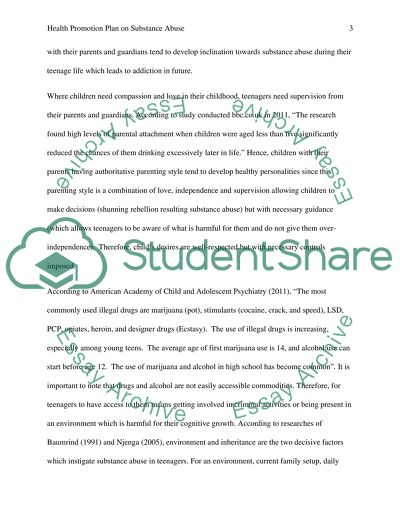Cite this document
(“Health Promotion Plan on Substance Abuse Assignment”, n.d.)
Retrieved from https://studentshare.org/nursing/1461212-health-promotion-plan-on-substance-abuse
Retrieved from https://studentshare.org/nursing/1461212-health-promotion-plan-on-substance-abuse
(Health Promotion Plan on Substance Abuse Assignment)
https://studentshare.org/nursing/1461212-health-promotion-plan-on-substance-abuse.
https://studentshare.org/nursing/1461212-health-promotion-plan-on-substance-abuse.
“Health Promotion Plan on Substance Abuse Assignment”, n.d. https://studentshare.org/nursing/1461212-health-promotion-plan-on-substance-abuse.


